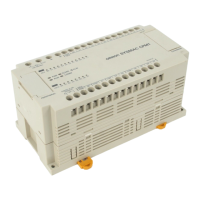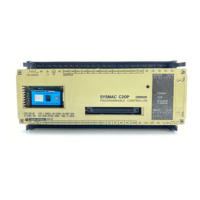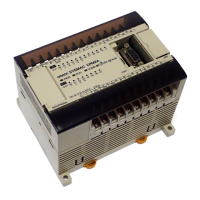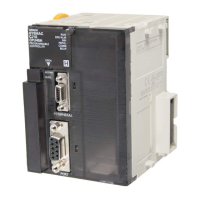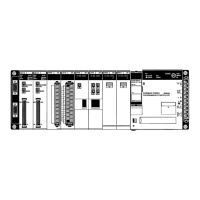Glossary
601
C-series PC Any of the following PCs: C2000H, C1000H, C500, C200H, C40H, C28H, C20H,
C60K, C60P, C40K, C40P, C28K, C28P, C20K, C20P, C120, or C20.
custom data area A data area defined by the user within the CIO Area. Custom data areas can be
set from the CVSS and certain other Programming Devices.
CV Support Software A programming package run on an IBM PC/AT or compatible to serve as a Pro-
gramming Device for CV-series PCs.
CV-series PC Any of the following PCs: CV500, CV1000, CV2000, or CVM1
CVSS See
CV Support Software
.
cycle One unit of processing performed by the CPU, including SFC/ladder program
execution, peripheral servicing, I/O refreshing, etc. The cycle is called the scan
with C-series PCs.
cycle time The time required to complete one cycle of CPU processing.
cyclic interrupt See
scheduled interrupt.
data area An area in the PC’s memory that is designed to hold a specific type of data.
data area boundary The highest address available within a data area. When designating an operand
that requires multiple words, it is necessary to ensure that the highest address in
the data area is not exceeded.
data link An automatic data transmission operation that allows PCs or Units within PC to
pass data back and forth via common data areas.
data movement instruction An instruction used to move data from one location in memory to another. The
data in the original memory location is left unchanged.
data register A storage location in memory used to hold data. In CV-series PCs, data registers
are used with or without index registers to hold data used in indirect addressing.
data trace A process in which changes in the contents of specific memory locations are re-
corded during program execution.
data transfer Moving data from one memory location to another, either within the same device
or between different devices connected via a communications line or network.
debug A process by which a draft program is corrected until it operates as intended.
Debugging includes both the removal of syntax errors, as well as the fine-tuning
of timing and coordination of control operations.
DEBUG mode A mode of PC operation which enables basic debugging of user programs.
decimal A number system where numbers are expressed to the base 10. In a PC all data
is ultimately stored in binary form, four binary bits are often used to represent
one decimal digit, via a system called binary-coded decimal.
decrement Decreasing a numeric value, usually by 1.
default A value automatically set by the PC when the user does not specifically set
another value. Many devices will assume such default conditions upon the appli-
cation of power.
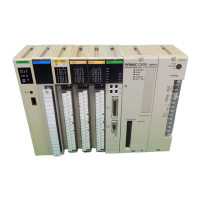
